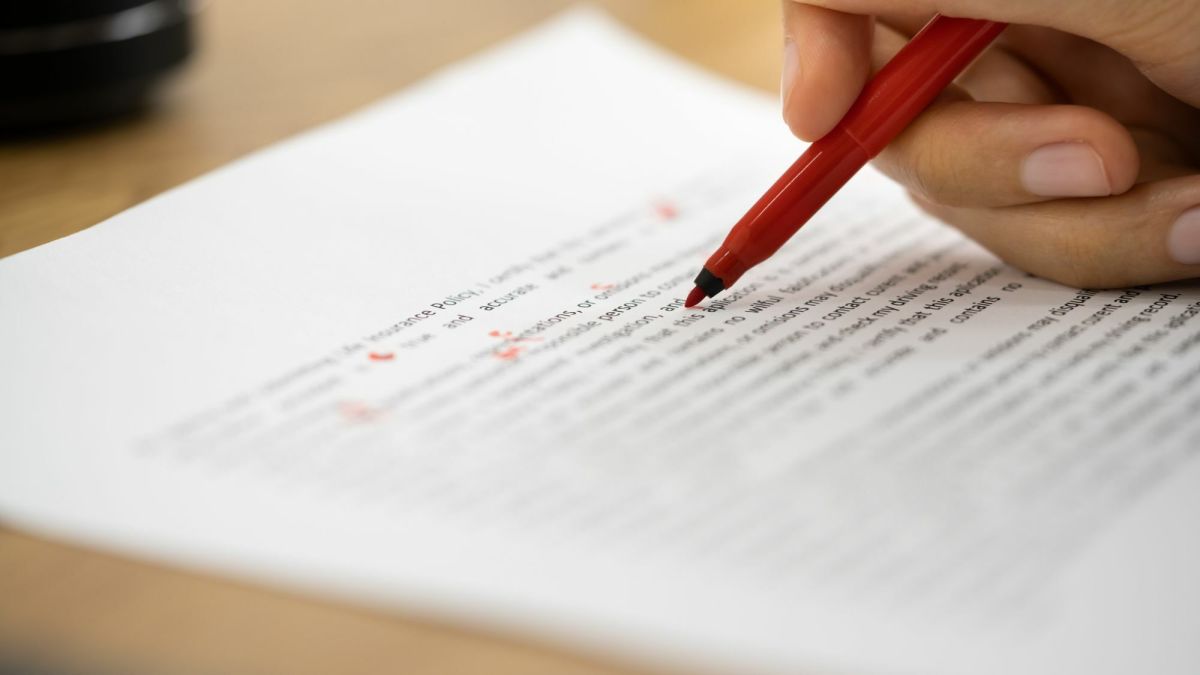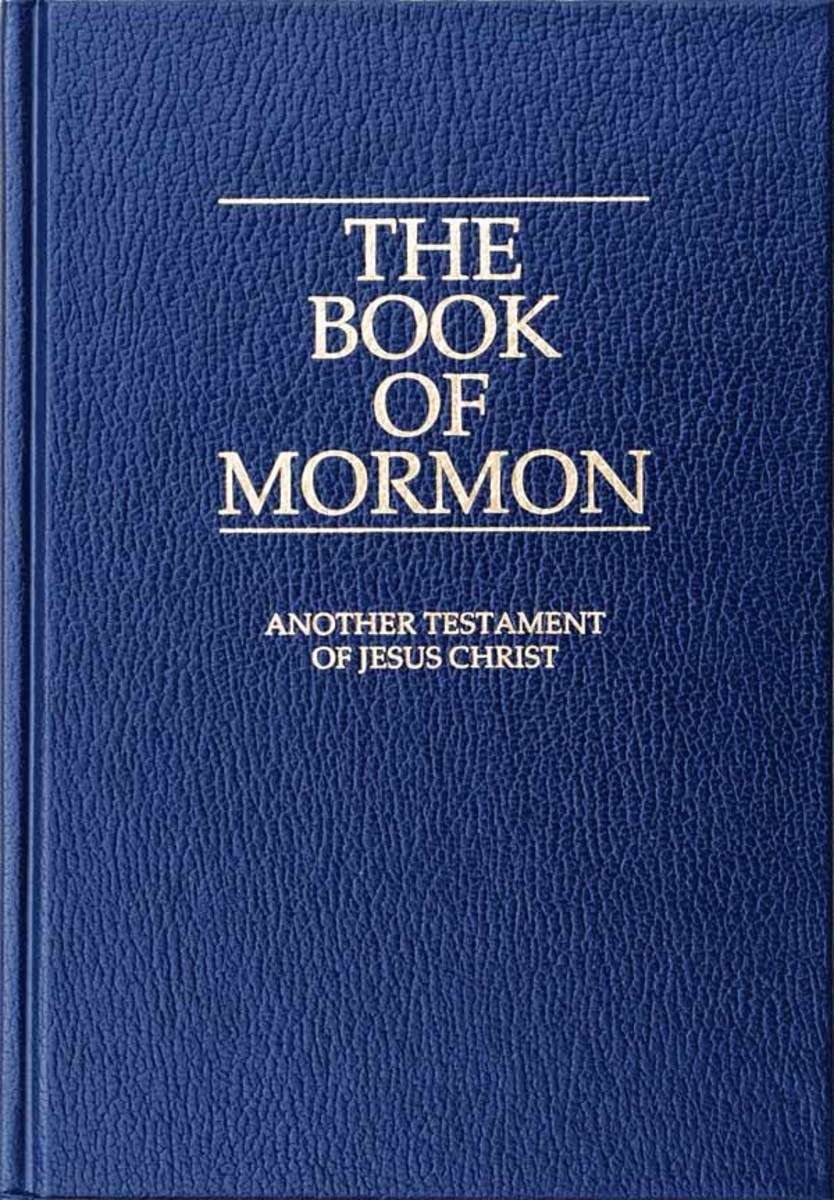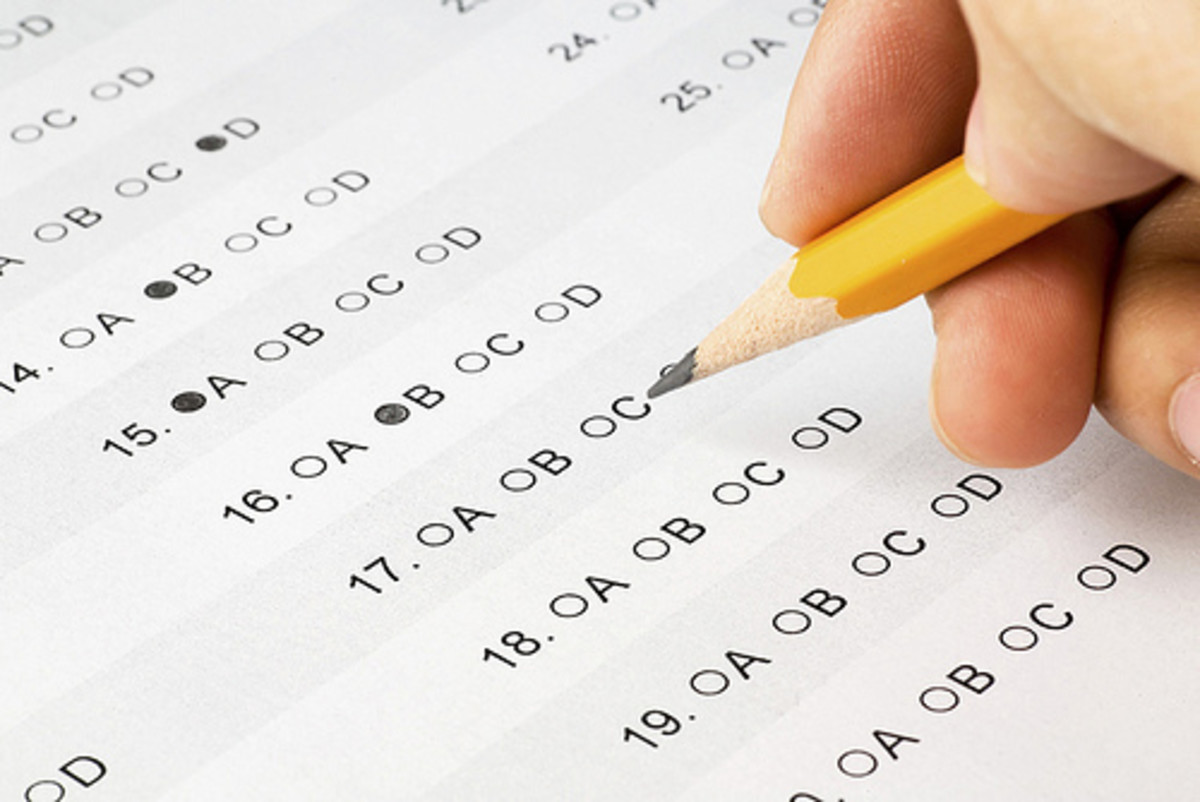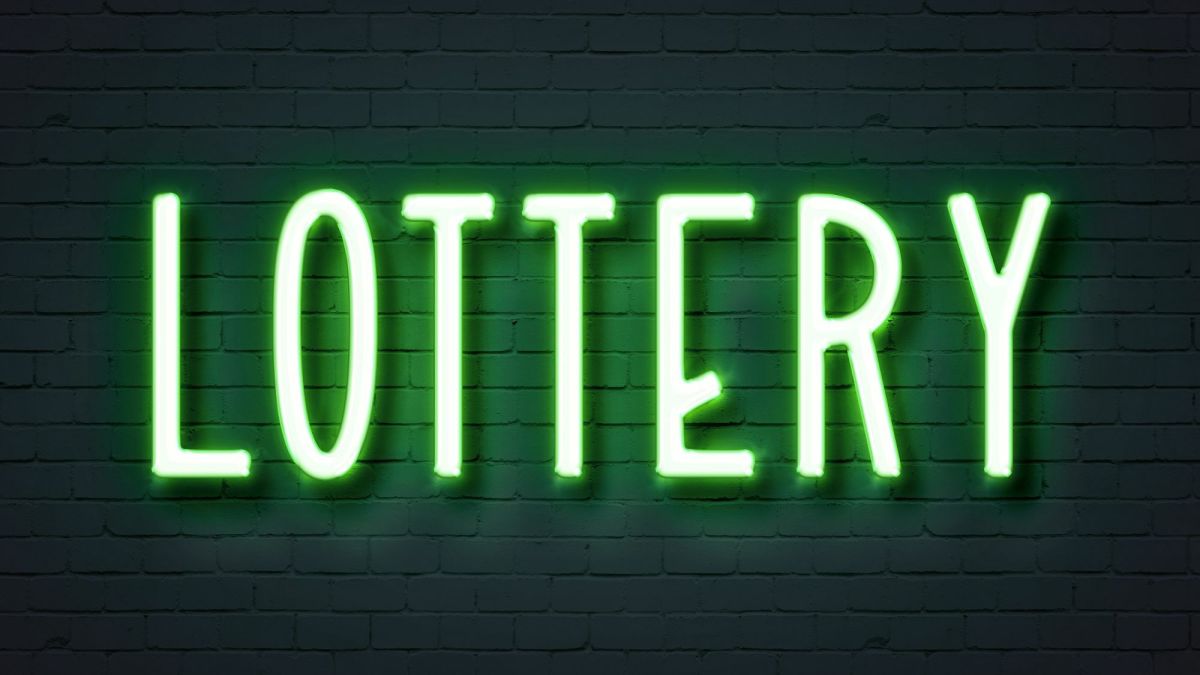Four Steps of Time Management
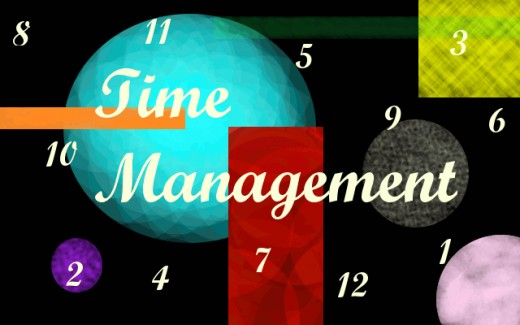
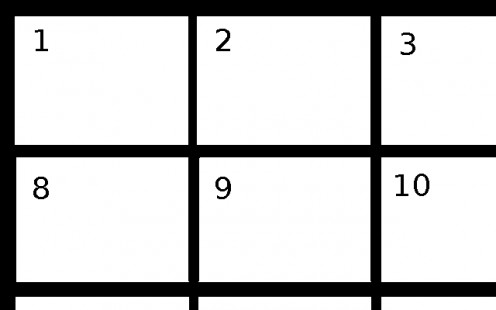
Step One: Have a Calendar
Style #1
- Get a calendar that is BIG and have plenty of writing space in each date box. Now, write on the important dates, like due dates, exams. and recitations. You could get a white board calendar.
- Place this calendar where you can see always it. You could place it on walls, or even lockers as long as it fits, where it would always remind you about important dates and events.
Style #2
- You could get a small neat calendar that you could place on your desk and flip the months over.
- Highlights or mark the important dates.
- Get a small notebook or pad paper where you would write the important dates significant events or meanings.
- Use your cellphone's calendar.
Step 2: Make a "To Do" List
A "To Do" list is essential in order to remember the important things you need to do for the next day. An example of this is:
- Return CDs to Angela.
- Review for MATH test.
- Read chapter 13 of ----- novel.
- Buy groceries!
- Do homework on psychology.
- Do report on Biology.
- Finish English essay.
The things listed on the "To Do" list could not be that significant to be done the next day. It could include the things you need to do for a whole week.
- Make a "To Do" list.
- Mark the listed things with "A," "B," and "C" in front of it. "A" for the things that should really be done first (or most important). "B" for "important" and could wait till the other half of the day. And "C" for the things that could be done the next day. For example:
C 1. Return CDs to Angela
B 2.Review for MATH test.
C 3. Read the chapter 13 of ----- novel.
A 4. Buy groceries!
B 5. Do homework on psychology.
B 6. Do report on Biology.
A 7. Finish English essay.
NOTE: It is not important whether you write your "To Do" list in a notebook or paper, as long as you put it in your wallet or purse/bag where it wouldn't get lost is fine. However, you must also not forget that you have a "To Do" list. Lots of people who are starters forget about things when they tucked them away somewhere. It would still be better for it to be together with the calendar where it is visible. A white board would help.
Step 3: Get Your Teachers' Syllabus
In order to know the important dates and facts about your class. You should get your teachers' syllabus. It is the course plan of your teacher for the class you have.
A syllabus shows...
- the dates that your homeworks should be passed, projects will be due, and tests will be.
- what your teacher expects from you.
- the teacher's grading system. This is helpful since you will know whether homework, classwork, exams, etc. you should prioritize first.
Step 4: Get a Planner
A planner contains a monthly calendar and lots of spaces for notes. It is mainly Step 1 and 2 combined. However, it has it downsides like the calendar is not always visible and won't be able to remind you everyday unlike a big calendar posted on a wall.
On the other hand, it is helpful because:
- you could include the things you want to do and not just because you need to do it
- even though its calendar is not always visible, it helps when somebody ask you when you are free. So you better keep it up to date.

